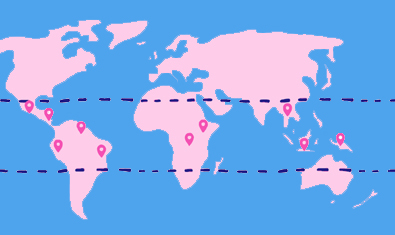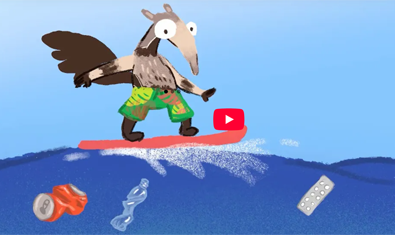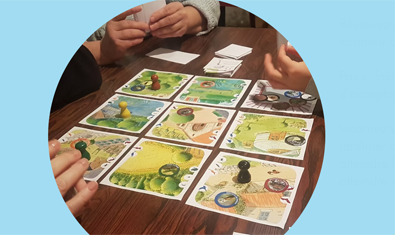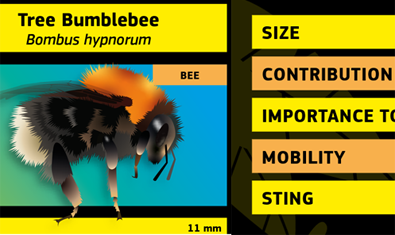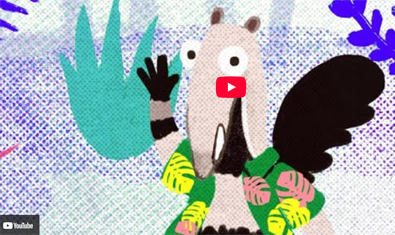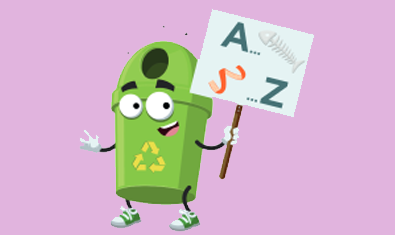For ages: 8-11 – Languages: EN-DE-NL-FR-PT – Rating:⭐⭐⭐⭐⭐ Free game.
A team game about five ecosystems where players face challenges to learn about the threats to nature and how to protect it.
The game board shows five damaged ecosystems where life struggles to survive. Each round, the poles, forests, oceans, savannahs, and deserts send out SOS calls. Players must respond to each one and solve the challenges needed to bring these ecosystems back to health!
Puzzle to restore Ecosystems
When a group completes a challenge, they earn a puzzle piece. If they don’t succeed, they get a blank piece instead. At the end, all the pieces are assembled to reveal a transformed scene: the ecosystems are healed or the damage has been stopped. Students also receive an uplifting message about how they can help protect all forms of life around them.
Link to the game: Planet Vivo



